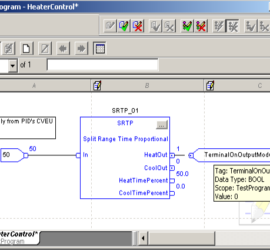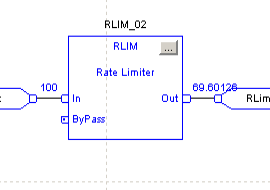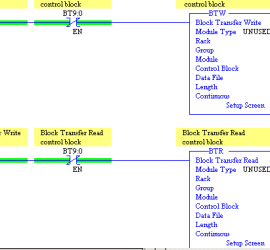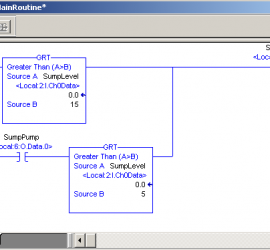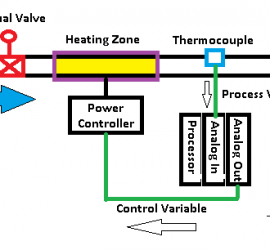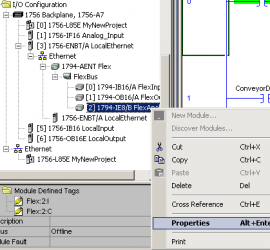ControlLogix SRTP Instruction
Introduction to the ControlLogix SRTP Instruction Generally, we use the ControlLogix SRTP Instruction for heating or cooling control. We’ll just concentrate on heating control for the first part of this post. that will keep things simple. In the second part of this post, we’ll discuss a heat/cool process. With heating Read More »

